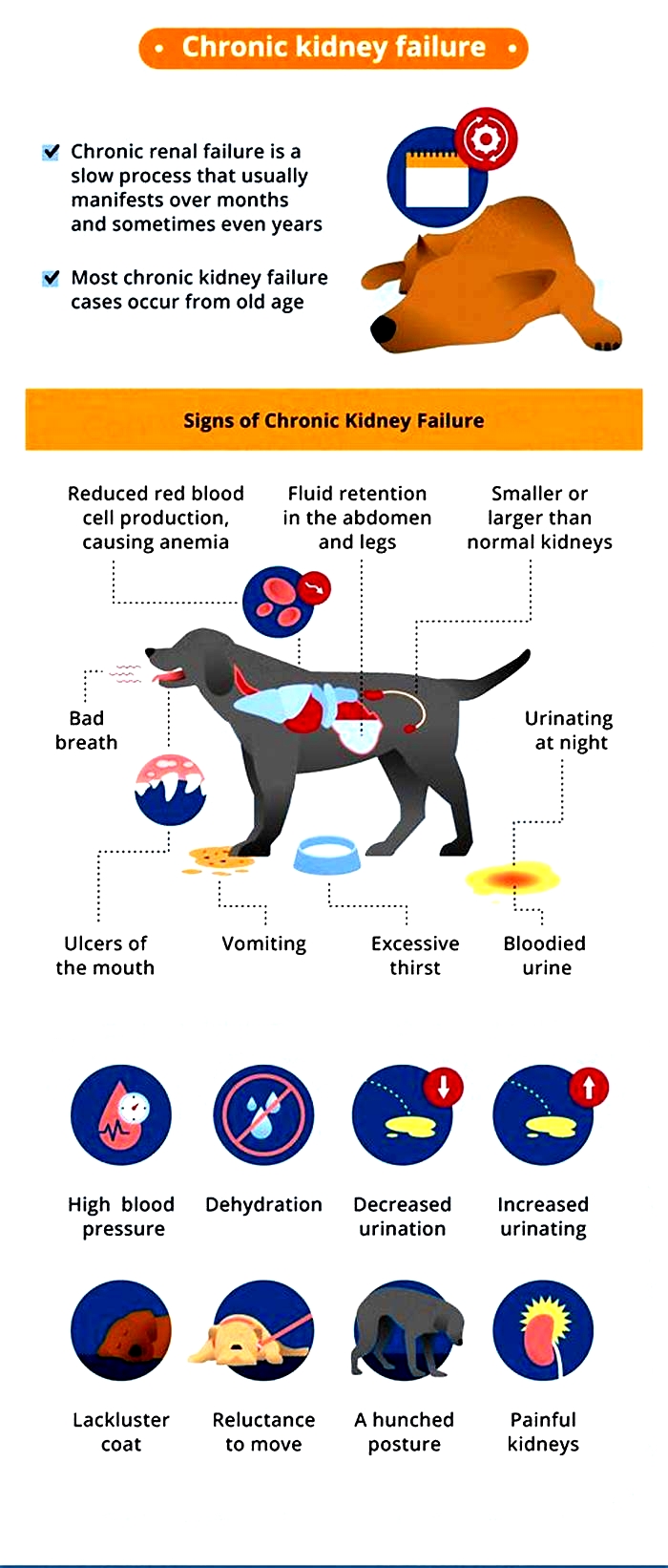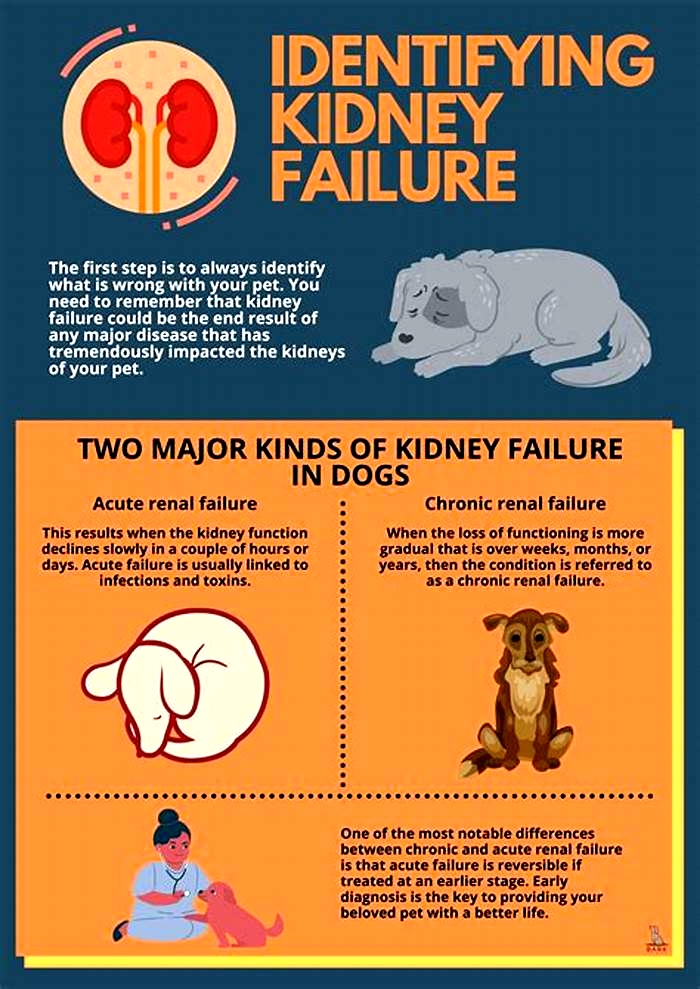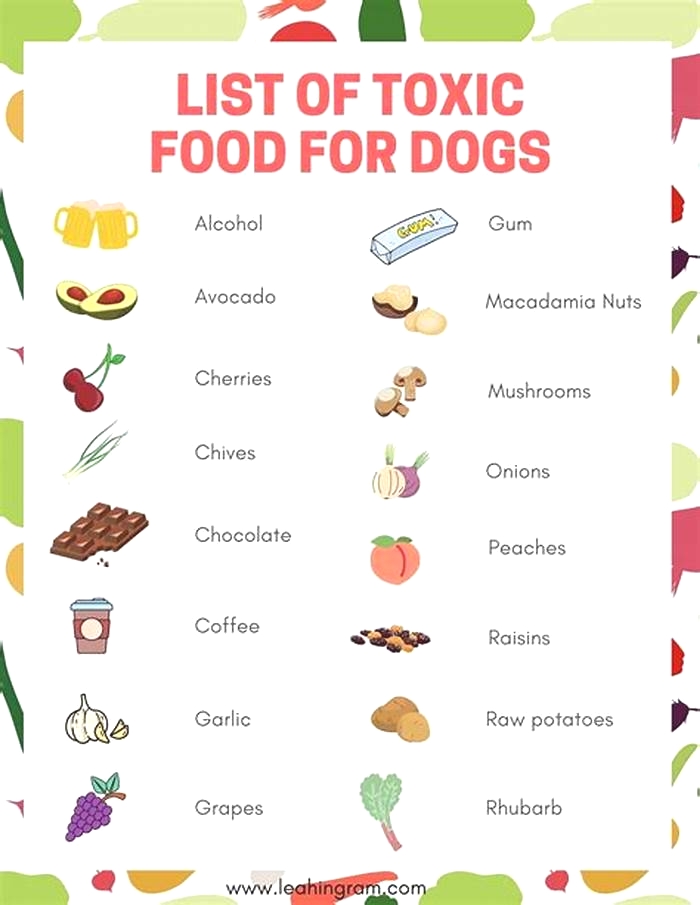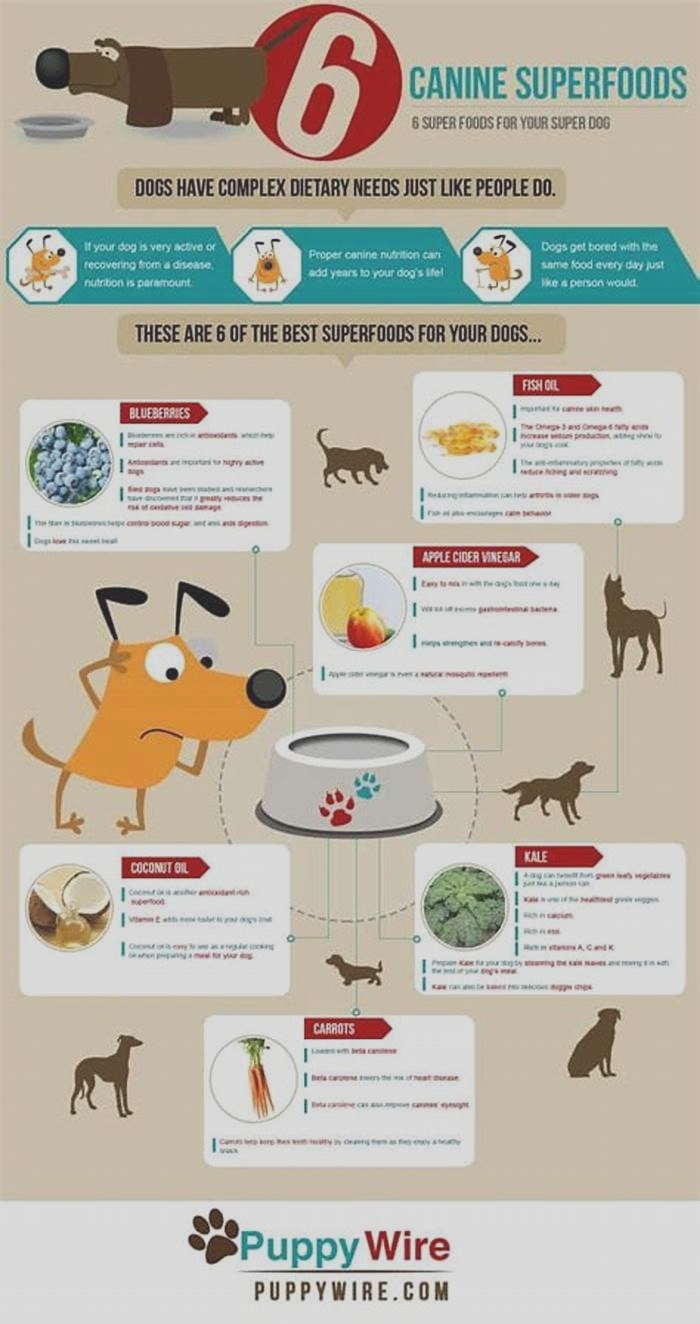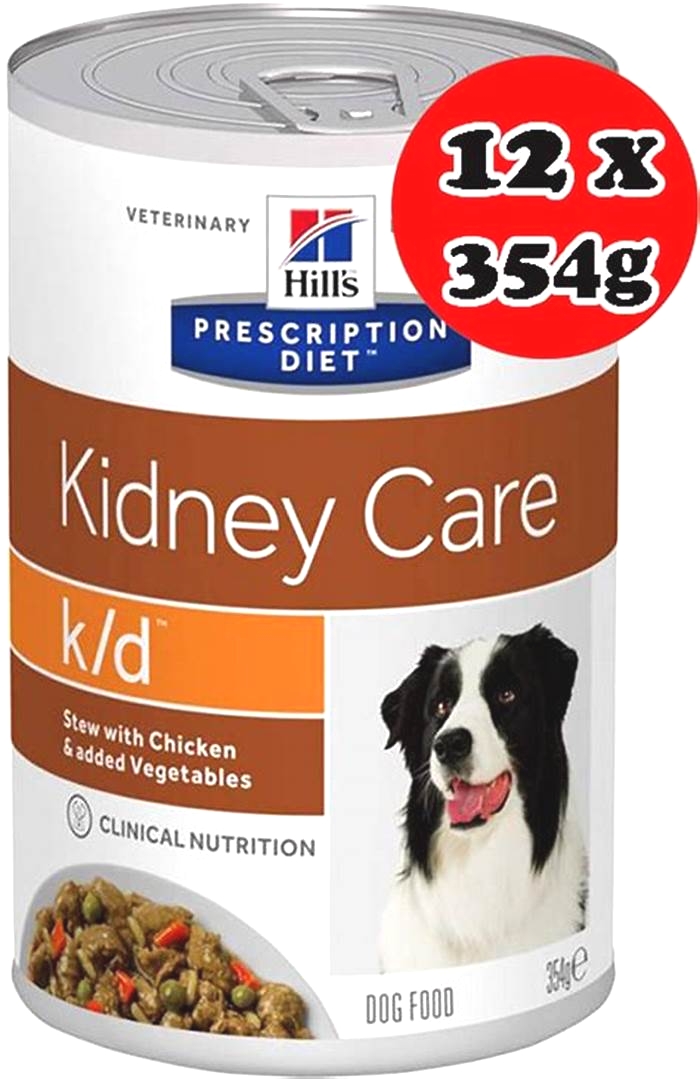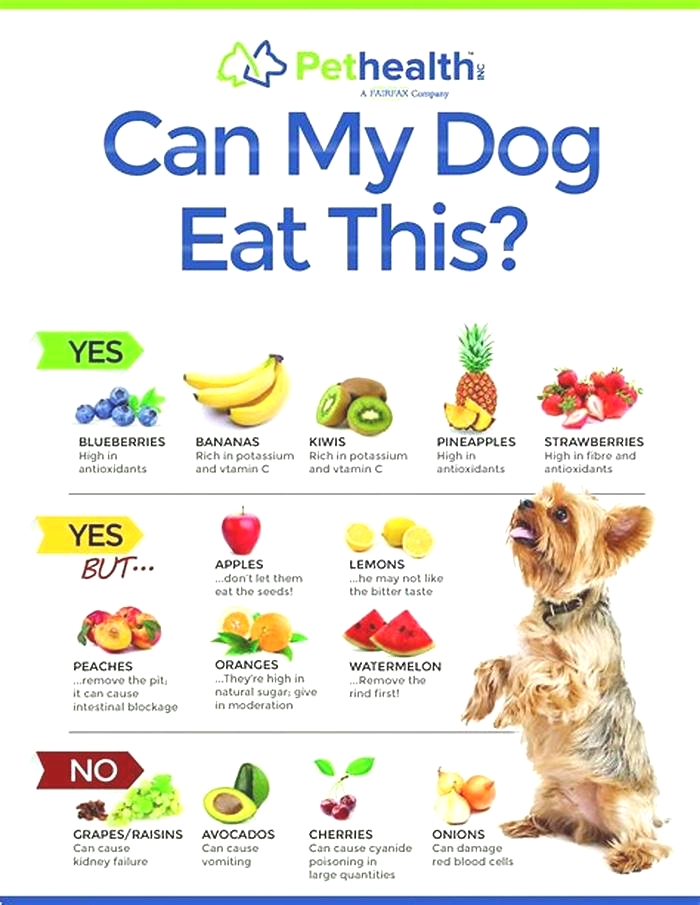What foods cause kidney failure in dogs
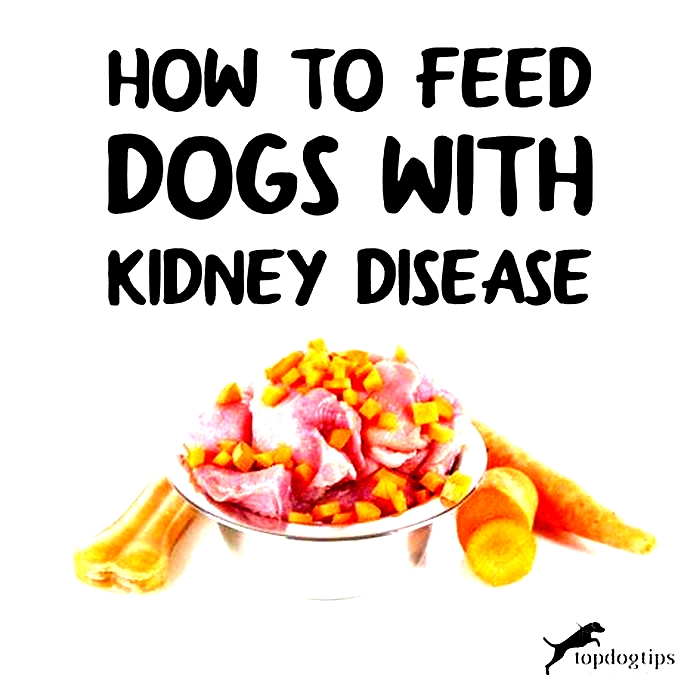
Kidney Failure In Dogs: Causes, Symptoms & Treatment Options
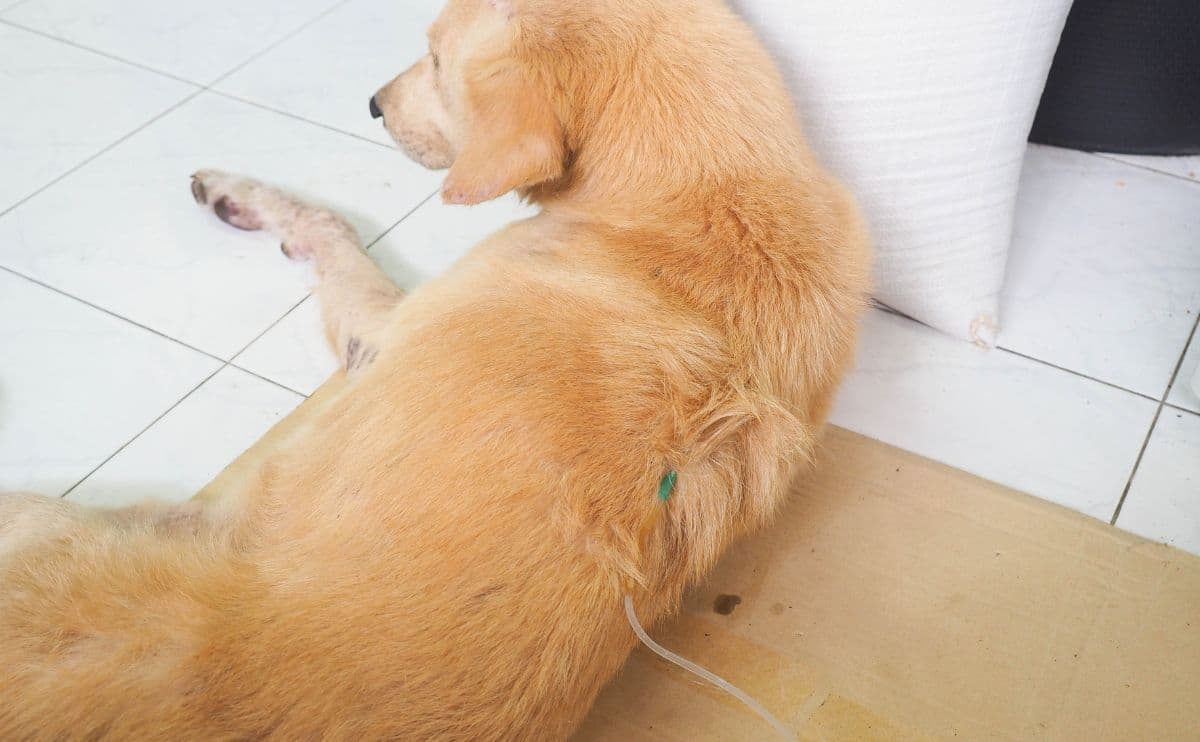
Kidney disease in dogs is a scary diagnosis for pet parents. After all, we want to spend as much time as possible with our furry family members, and the worries and concerns posed by the possibility of having to say an unexpected goodbye can take their toll. So, what is renal failure in dogs? Lets find out about the causes, the signs and symptoms, the treatment options, and how to know when its time for that final goodbye.
What Causes Kidney Failure In Dogs?
There are lots of causes of kidney failure in dogs. Toxicities from certain foods, anti-freeze, certain medications, and lilies can cause acute renal failure, even in young pets, while in some cases, the kidneys can lose their function slowly with age. Conditions like high blood pressure, cancer, bladder stones, and kidney infections can also contribute to kidney failure.
Which Foods Cause Kidney Failure In Dogs?
Grapes and raisins (and foods that contain them) can lead to kidney failure. This means that the festive period, where cookies, fruit cake, Christmas pudding, panettone, and other raisin-filled treats are everywhere, is a common time to see renal failure in dogs from toxicity.
Unfortunately, the underlying reason why grapes cause kidney damage is unknown, which means that theres no known toxic dose. Some dogs can eat grapes regularly and have no issues, while others can eat just one as a one-off with grave consequences. Therefore, its best to avoid giving your dog grapes altogether and keep them safely out of your dogs reach.
Signs Of Kidney Failure In Dogs
The signs of kidney failure in dogs are variable, depending on the stage of the disease and whether the kidney failure is acute or chronic.
Acute Kidney Failure
If your dog has acute renal failure from a toxin, obstruction, or severe infection, the symptoms are likely to come on very quickly and progress rapidly. You might notice symptoms within a couple of days of the toxicity or sooner in the case of anti-freeze. The first symptoms could be lethargy, pain, vomiting, or increased thirst. This could quickly progress to little or no urination, wobbliness, seizures, coma, or death.
Sadly, in many toxicity situations, once the kidney damage is severe enough to cause symptoms, there is far less chance of treatment being successful. Therefore, if you suspect your dog could have ingested any kind of toxin, call your veterinary clinic immediately so that appropriate measures can be taken to try to prevent any organ damage.
Chronic Kidney Failure
If your dog has chronic kidney disease, their symptoms are likely to be much more subtle and slower to develop. You might initially notice that your dog drinks more than normal or passes large volumes of urine more frequently. You might notice your pup has lost some weight, is vomiting, or hes not so interested in his food anymore. Canines with chronic kidney failure likely also seem to be subdued or lethargic.
As chronic kidney failure progresses, their thirst may become more and more excessive, but despite this, they might become dehydrated, leading to weakness and further lethargy. They may develop ulcers in their mouth, and you might notice an unpleasant smell from their mouth as the toxic waste products build up in their bloodstream. Eventually, theyll stop eating and drinking altogether, become very nauseous, and may seem painful in their abdomen.
What Causes The Symptoms Of Kidney Failure In Dogs?
The role of the kidneys within your dogs body is to control how much water leaves the body, regulate the loss of electrolytes, and remove waste products like urea from the bloodstream. In renal failure, the kidneys are no longer able to produce concentrated urine, so waste products build up in the blood. As more and more of the tiny kidney nephrons are affected, it puts more strain on the remaining parts that still work, which becomes a vicious circle.
The halitosis noted by pet owners who have dogs with chronic kidney failure is due to the build-up of these toxins and is known as a uremic smell. In some dogs, but primarily cats, small blood vessels are damaged by the urea compounds, leading to ulcers in areas like the edge of the tongue.
4 Stages Of Kidney Failure In Dogs
When it comes to the symptoms of kidney failure in dogs, stages matter. Kidney failure cases can be grouped into different stages, as formulated by the International Renal Interest Society (IRIS). The symptoms are combined with the urine concentration and blood measurements of urea, creatinine, and SDMA, which are waste products usually excreted by healthy kidneys.
In the early IRIS stages, symptoms are not apparent, whereas later, as the disease progresses, more and more symptoms appear. The IRIS stages of kidney failure in dogs illustrate the amount of kidney damage or the amount of kidney tissue that is still functional. They also aid veterinarians in determining the best treatment and management options.
Dog Kidney Failure Stages Chart
You can see the stages of chronic kidney disease in dogs in the following graphic:
| Stage | Creatinine | SDMA | Urine | Symptoms |
|---|---|---|---|---|
| I | Normal | Normal or slightly raised | May be inadequate concentration, may contain protein | None |
| II | Normal or mildly increased | Mildly raised | Inadequate concentration, may contain protein | None or very mild |
| III | Moderately increased | Moderately raised | Inadequate concentration, may contain protein | Often drinking and urinating more, may be more severe symptoms |
| IV | Markedly increased | Markedly raised | Inadequate concentration, protein likely | Weight loss, vomiting, reduced appetite, drinking and urinating more |
How To Treat Kidney Failure In Dogs
Unfortunately, when a kidney tubule (or nephron) stops working, it cant be fixed. However, treatment and good management can help to slow down the progression of kidney disease and support the remaining functional nephrons. Dogs who are still eating well and arent vomiting may only require a prescription kidney diet.
If their phosphate levels are high, a phosphate binder medication will also help by preventing the absorption of phosphate from their food. If your dog is still in the early stages of chronic kidney disease but isnt eating well or is nauseous, an anti-emetic medication may also be used.
Finally, if your dog has late stage III or stage IV kidney disease, theyll probably need to stay in the hospital for a fluid drip to flush the waste products out of the body and lower the urea and creatinine levels. Unfortunately, this improvement will only be temporary, and over time, the levels will increase once again.
When To Euthanize?
Whenever youre dealing with a chronic health issue in your dog, its really difficult to know when to make the sad decision to euthanize them. After all, theyre likely to have good and bad days, and it might feel like they get a little bit better just when you are about to make the call. The most important thing is to consider your dogs quality of life whether theyre eating, mobile, or showing any signs of pain.
If theyre struggling in more than one of those areas, despite veterinary treatment, its likely to be time to say goodbye. Its also worth looking back over the last two weeks to see how many good and bad days theyve had. If the bad days outweigh the good, euthanasia is the kindest option for your canine companion.

Frequently Asked Questions
Here are some common questions about dogs with kidney issues. Dont see yours here? Ask us in our comments.
Does pet insurance cover kidney disease in dogs?
Yes, pet insurance covers kidney disease in dogsas long as no signs or symptoms appear until after policy enrollment and waiting periods have passed.
What happens in the last days of a dog with kidney failure?
In the last days of a dog with kidney failure, theyre likely to stop eating or drinking altogether. They may be weak and wobbly from dehydration, and their other organs may start to fail. If you notice that your dog with kidney failure is deteriorating, you should contact your vet as soon as possible.
Is kidney failure in dogs painful?
Acute kidney failure, due to causes like toxins, infections, or bladder stones, can be very painful and requires emergency assessment by a veterinarian. Chronic renal failure is unlikely to be painful initially, but in the more severe stages of the disease, your dog may feel nauseous, disorientated, or painful.
What is the cost of treating kidney failure in dogs?
The cost of treating kidney failure will vary depending on your location and the type of treatment your dog needs. The most costly would be a fluid drip and hospitalization, but ongoing prescription diets and phosphate binders can also add up in the long term.
How long can a dog live with kidney failure?
The length of time that a dog can live with kidney failure will depend on the stage when the diagnosis was made. If caught early, chronic kidney failure can be managed for several years in some cases. However, if the disease is already advanced or management guidelines arent followed, a dogs quality of life may suffer within a few weeks or months.
What level of creatinine indicates kidney failure in dogs?
A dogs creatinine level should always be evaluated alongside a urine sample. If the urine sample shows poor concentration and the creatinine level is raised, this indicates that the kidneys are not functioning effectively.
Understanding Dogs Health
Kidney disease in dogs is a complex subject, and if the diagnosis is made early, even before your dog shows symptoms, the prognosis is much more favorable. Therefore, it may be a good idea to consider routine blood tests once your dog is older than seven or eight, and you should keep a close eye out for possible symptoms. You might consider an at-home urine test, that can help detect things like kidney stones and urinary tract infections in dogs.
Tagged With:Top 5 Most Damaging Kidney Toxins for Dogs

As an emergency critical care veterinary specialist and toxicologist, I see a lot of poisoning cases in the ER. Some of the most life-threatening and costly are poisoning cases that cause acute kidney injury (AKI). Even with treatment, AKI can result in chronic scarring or permanent damage to the kidneys, predisposing your dog to chronic kidney disease (CKD). Thats why its important to be aware of these potential kidney toxins to keep your dog away from.Depending on what type of kidney toxin is the culprit, the most common clinical signs of kidney poisoning include:
Typically, veterinary treatment and evaluation includes:
- Decontamination (e.g., inducing vomiting and giving activated charcoal to bind the poison from the stomach and intestines)
- Daily blood work to monitor kidney function
- Aggressive intravenous (IV) fluids
- Anti-vomiting medication
- Urine monitoring
- Symptomatic supportive care
Typically, hospitalization for 24-72 hours is necessary, depending on the kidney toxin. The prognosis is almost always better when the poisoning is identified sooner, rather than later. Once clinical signs of poisoning are seen, the cost and duration of hospitalization is more costly and longer, and the prognosis is worse. And without further ado, here are the top 5 most dangerous kidney poisons to keep out of reach of your dog!1. Non-steroidal anti-inflammatory drugs (NSAIDS)Most of you know that you should never give any human over-the-counter (OTC) medication without consulting a veterinarian, right? Thats because common human drugs including NSAIDs (e.g. Advil, Aleve and Motrin) can cause serious harm to pets when ingested, and cause stomach and intestinal ulcers as well as potential acute kidney injury (AKI). Even veterinary NSAIDs while safer than human NSAIDs can result in similar problems when ingested in large amounts. Thats why its so important to keep chewable veterinary prescription NSAIDs out of reach even your cat finds them tasty. Rarely, adverse side effects can be seen even at therapeutic doses, so if you notice any vomiting, diarrhea or side effects, check with your veterinarian before giving an additional doses.2. Grapes, raisins, and currants Grapes and raisins (Vitis spp.) have been recently associated with development of AKI after ingestion. This includes organic grapes, commercial grapes, homegrown grapes, seedless or seeded grapes and common kitchen items (e.g., raisin bread, trail mix, chocolate-covered raisins, cereal with raisins, etc.). Grapes and raisins seem to stay in the stomach for a prolonged period of time, and are not rapidly broken down or absorbed from the gastrointestinal (GI) tract; so, your veterinarian may try to induce vomiting even hours after your dog has ingested these poisonous fruits. Unfortunately, the exact dose of poisonous grapes and raisins is debated, as not all dogs develop poisoning from Vitis spp. When in doubt, make sure to keep these common food items out of reach. And teach your little ones not to share these poisonous foods with Fido!3. Ethylene glycol (EG)
Grapes and raisins (Vitis spp.) have been recently associated with development of AKI after ingestion. This includes organic grapes, commercial grapes, homegrown grapes, seedless or seeded grapes and common kitchen items (e.g., raisin bread, trail mix, chocolate-covered raisins, cereal with raisins, etc.). Grapes and raisins seem to stay in the stomach for a prolonged period of time, and are not rapidly broken down or absorbed from the gastrointestinal (GI) tract; so, your veterinarian may try to induce vomiting even hours after your dog has ingested these poisonous fruits. Unfortunately, the exact dose of poisonous grapes and raisins is debated, as not all dogs develop poisoning from Vitis spp. When in doubt, make sure to keep these common food items out of reach. And teach your little ones not to share these poisonous foods with Fido!3. Ethylene glycol (EG)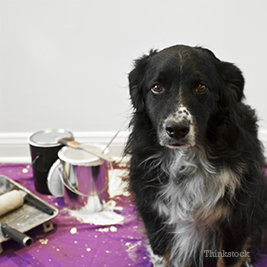 Antifreeze, often known as ethylene glycol (EG), is extremely poisonous to dogs. Sources of EG include automotive antifreeze (radiator coolant, which typically contains 95% EG), windshield deicing agents, motor oils, hydraulic brake fluid, paints, solvents, etc. As little as a tablespoon can result in severe AKI in dogs. There are three stages seen with antifreeze poisoning:
Antifreeze, often known as ethylene glycol (EG), is extremely poisonous to dogs. Sources of EG include automotive antifreeze (radiator coolant, which typically contains 95% EG), windshield deicing agents, motor oils, hydraulic brake fluid, paints, solvents, etc. As little as a tablespoon can result in severe AKI in dogs. There are three stages seen with antifreeze poisoning:
- Stage 1: This occurs within 30 minutes to 12 hours of poisoning, and causes drunkenness, excessive urination and thirst, drooling, vomiting, and even seizuring.
- Stage 2: This occurs within 12-24 hours post-exposure, as clinical signs from Stage 1 seem to resolve. However, during this time frame, severe internal injury is still occurring. Signs of drunkenness may seem to improve during this stage, but signs of dehydration, an elevated heart rate, and panting may be seen.
- Stage 3: In dogs, this stage occurs 36-72 hours post-ingestion. During this stage, severe AKI is occurring. Severe signs of not eating, lethargy, drooling, bad breath, depression, vomiting, seizures and coma can be seen.
While there is an antidote (e.g., ethanol, 4-MP) for antifreeze poisoning, it must be given within 8-12 hours to be effective. Once a dog has AKI from EG, it is too late for the antidote, unfortunately, and the prognosis is poor to grave without referral to a specialty center for hemodialysis to flush out the kidneys (which is typically > $10,000-$20,000 for treatment).[Editors Note: Learn about pet insurance to help with emergency costs.]4. Vitamin D3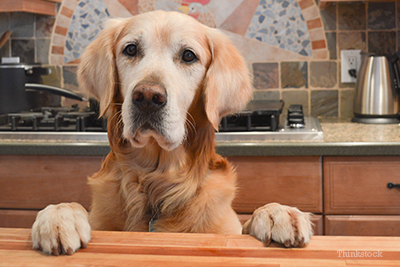 In Minnesota, were all deficient in Vitamin D levels due to lack of sun exposure (thanks to six months of winter!). As a result, many people often supplement with multivitamins that contain Vitamin D (often listed as Vitamin D2, Vitamin D3, cholecalciferol, or calcipotriene). While low levels of Vitamin D are very safe, this vitamin can be very poisonous when ingested by dogs. Dogs can accidentally be poisoned by Vitamin D from common products in the house. There are numerous sources of Vitamin D3 around including:
In Minnesota, were all deficient in Vitamin D levels due to lack of sun exposure (thanks to six months of winter!). As a result, many people often supplement with multivitamins that contain Vitamin D (often listed as Vitamin D2, Vitamin D3, cholecalciferol, or calcipotriene). While low levels of Vitamin D are very safe, this vitamin can be very poisonous when ingested by dogs. Dogs can accidentally be poisoned by Vitamin D from common products in the house. There are numerous sources of Vitamin D3 around including:
- Omega fatty acid supplements
- Multivitamins
- Concentrated Vitamin D drops
- Prescription vitamins
- Psoriasis cream (commonly in the form of calcipotriene, commonly found in the brand topical cream called Dovonex)
- Mouse and rat poison containing cholecalciferol or listed as Vitamin D3
When ingested in poisonous amounts, Vitamin D can result in life threatening elevations in calcium (e.g., hypercalcemia) and phosphorous (e.g., hyperphosphatemia). When this occurs, it results in soft tissue mineralization or hardening of the tissue. This mineralization often occurs to the kidneys (e.g., renal tubules), GI tract, aorta and even the heart. This can result in severe AKI within just a few days.Most vitamins often list the amount of the vitamin in international units (IU). One IU of vitamin D3 is the equivalent of 0.025 mcg or 0.000025 mg of Vitamin D3. At doses as low as 0.1 mg/kg, we can start to see signs of Vitamin D poisoning. 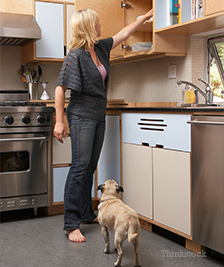 5. Cardiac medicationsCertain heart medications include broad categories of drugs such as calcium channel blockers and beta blockers. These medications are commonly used in both human and veterinary medicine to treat underlying cardiac disease or hypertension (e.g., high blood pressure). Each category of cardiac medication has different margins of safety. Calcium channel blocker and beta-blocker poisoning should be treated aggressively, as these two categories of medications have a narrow margin of safety. Poisoning with these two medications can result in a life threateningly low heart rate and severe hypotension; secondary AKI can potentially develop as a result. ConclusionWhen in doubt, pet owners should keep these common household products or food products out of reach of their dogs. Severe acute kidney injury can be seen otherwise. When in doubt, call your veterinarian, emergency veterinarian, or ASPCA Animal Poison Control Center at 888-426-4435 for 24/7 for life-saving advice! The sooner you find out that your dog is poisoned; the sooner you can help reverse it.
5. Cardiac medicationsCertain heart medications include broad categories of drugs such as calcium channel blockers and beta blockers. These medications are commonly used in both human and veterinary medicine to treat underlying cardiac disease or hypertension (e.g., high blood pressure). Each category of cardiac medication has different margins of safety. Calcium channel blocker and beta-blocker poisoning should be treated aggressively, as these two categories of medications have a narrow margin of safety. Poisoning with these two medications can result in a life threateningly low heart rate and severe hypotension; secondary AKI can potentially develop as a result. ConclusionWhen in doubt, pet owners should keep these common household products or food products out of reach of their dogs. Severe acute kidney injury can be seen otherwise. When in doubt, call your veterinarian, emergency veterinarian, or ASPCA Animal Poison Control Center at 888-426-4435 for 24/7 for life-saving advice! The sooner you find out that your dog is poisoned; the sooner you can help reverse it.
If you have any questions or concerns, you should always visit or call your veterinarian -- they are your best resource to ensure the health and well-being of your pets.

